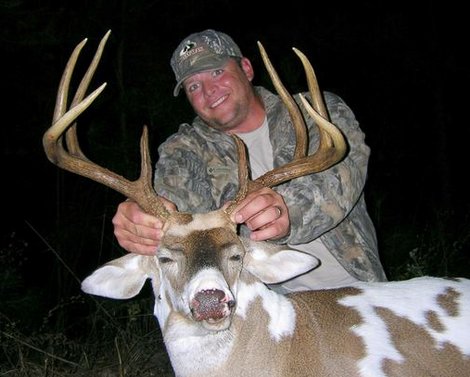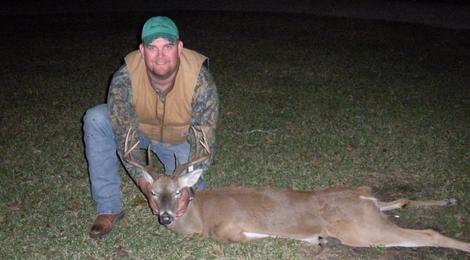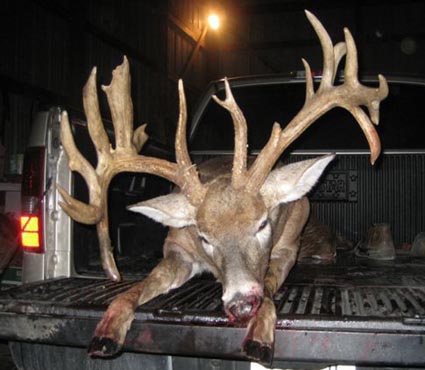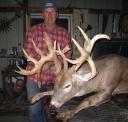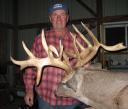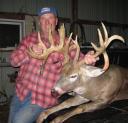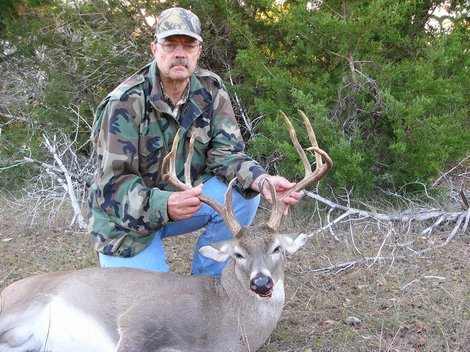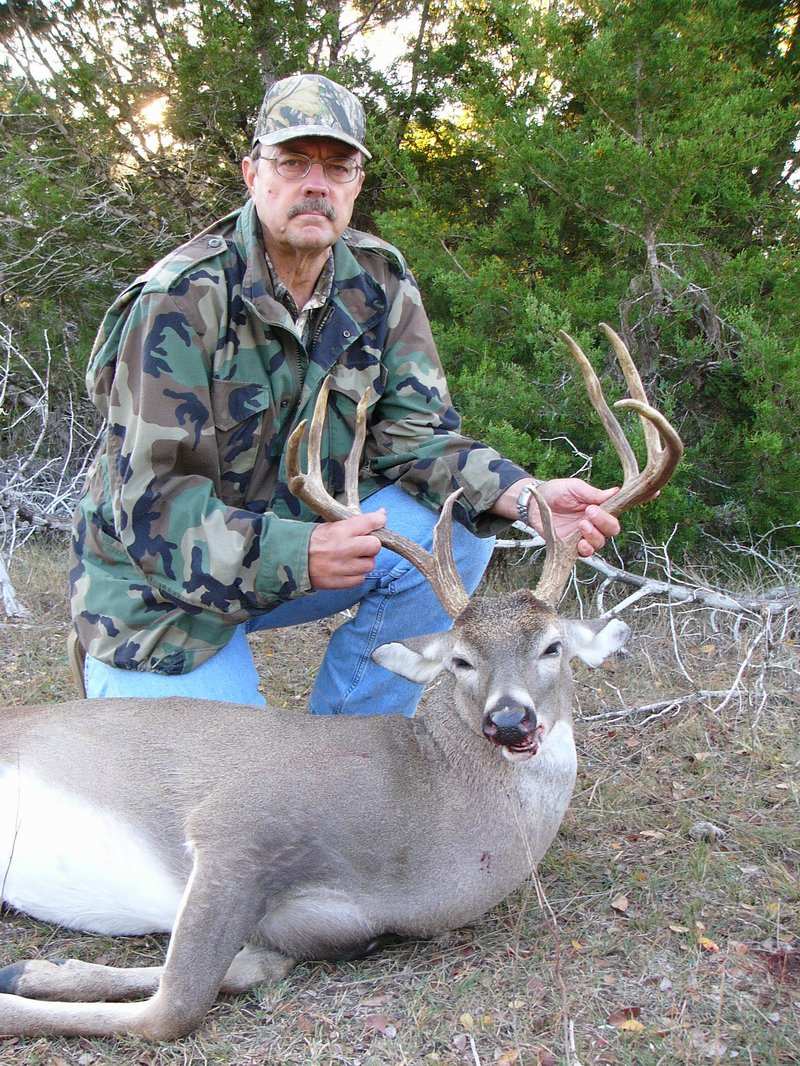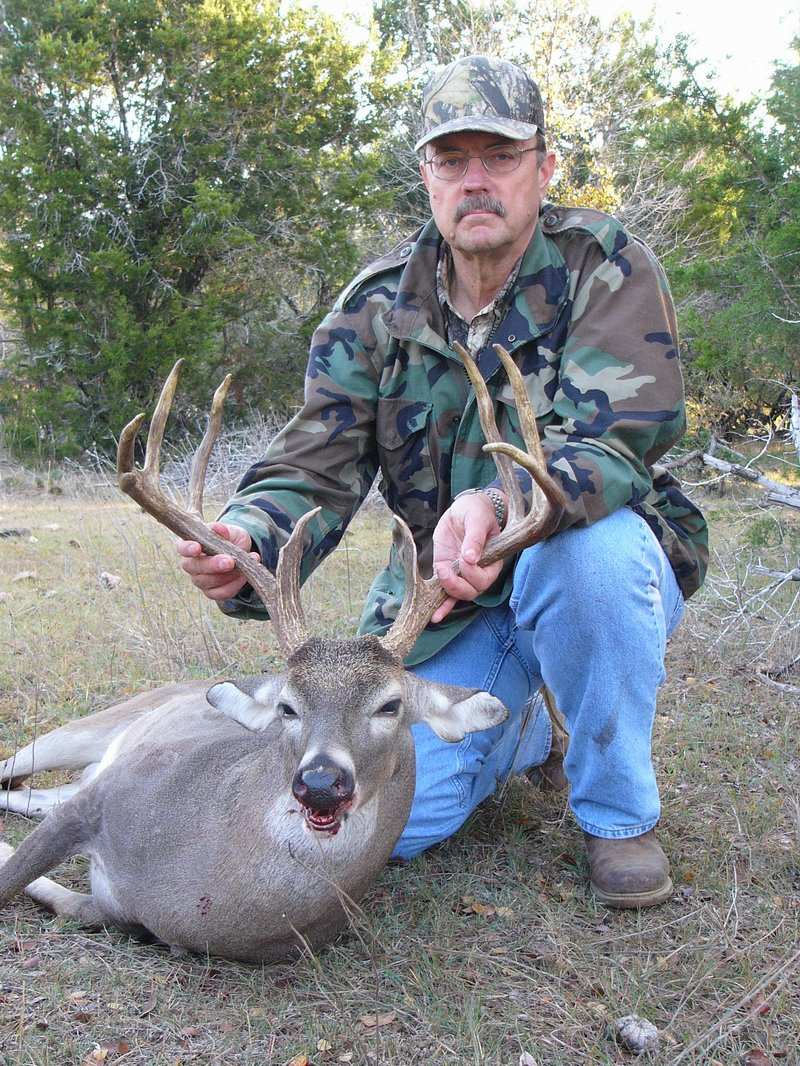Harvest is a critical component of any white-tailed deer management program. Not only does hunter harvest play an important role in keeping deer numbers in check with the available habitat on your lease or ranch, but the harvest rate and types of animals removed determines what deer will remain on your property. Although this is important for all segments of your deer population, this is especially important for bucks.
A reader asked over the weekend: “Which is the best way to manage a deer herd? Shoot the does and nothing less than an 8-point buck, or shoot spikes and 4-point bucks to allow the larger bucks to mature, while also thinning does?”
Which Bucks to Shoot?
Well, the question is good one. The quick answer would be shoot all bucks with 4 or fewer antler points, older does, and keep your deer herd at carrying capacity for the habitat. And although this harvest strategy would work for the reader, it does not explain why this action would work.
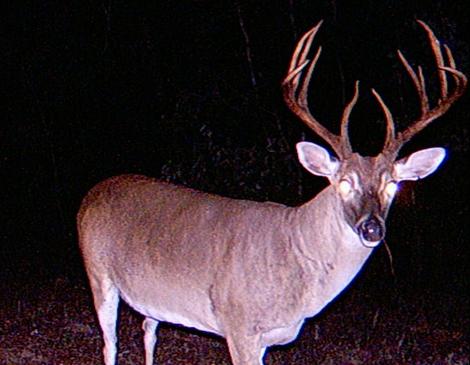
First, I will assume that the carrying capacity of the property is known and that density, herd composition, and fawning success have been estimated through proper deer survey methods. Without this information it would be difficult to tell if any harvest strategy would work, because a high deer density or low buck to doe ratio either would mask or compound issues.
But, assuming that the property provides adequate habitat for the deer found on the ranch and the buck to doe ratio is healthy, then shooting bucks with 4 or less antler points and keeping the doe herd at its target level would improve your deer herd.
Managing Whitetail Bucks
With that said, let’s talk about why the 8+ point or better buck harvest strategy does not work. Simply said, the best yearling bucks (1 1/2 years old) can have 6, 7, 8 or even more points on their first set of antlers! Under and 8+ point strategy you subject your best bucks to be harvested right off the bat. This would cause severe high-grading of the yearling and 2 1/2 year old age classes and leave the genetically worst bucks.
Not only would this strategy allow these bucks to survive, but the hunter would be leaving them year after year to breed available does. This does not make sense.
Managing for Big Whitetail Bucks
On the other hand, it is better to put pressure on inferior young bucks if a good buck to doe ratio exists on the ranch. The level of pressure is up to the property owner, but without drastic measures you will not see drastic changes. Harvesting bucks with 4 points or less is a solid strategy for improving the buck segment of a deer herd. It may not help the short-term buck to doe ratio, but it will help in successive years because antler quality is high heritable. If it were not it would be impossible to manage for better bucks.
Lastly, an important component of this entire harvest scheme is to keep does at proper levels. In addition to continuing to keep does at the target number for the ranch, concentrate on removing older does when given the choice. Does provide half of a buck’s genetics. Removing older does that were sired by potentially genetically-poorer bucks leaves younger does that were sired by genetically-better bucks. Those does will then be bred by your better bucks. Of course, culling bucks at all age classes is still recommended.
